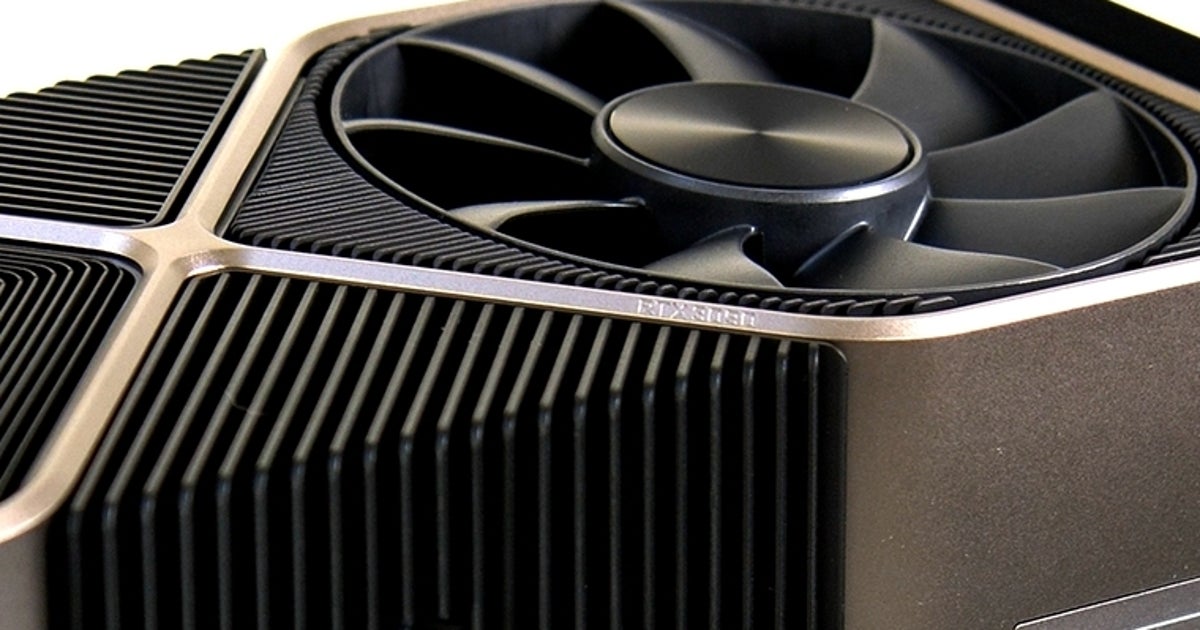Digital Foundry review the Nvidia RTX 3090, the fastest consumer graphics card available. Game benchmarks, hardware breakdown, power tests and more.

www.eurogamer.net
Some tidbits:
"Which brings us on to the 24GB of useable memory offered by the RTX 3090. Do you need it for games? No, not now. Perhaps you will in the future, but for now, most of that RAM lays dormant. However, I use a 24GB GPU for the video editing work I produce for Digital Foundry and I consider it essential. Working with Adobe Premiere Pro, layering 4K videos, running effects of that, employing expensive transitions I paid a lot of money for quickly overwhelms 8GB and even 12GB GPUs. Only by exporting pieces of the video and re-importing them back into the main project, am I able to make 4K video editing work for me on a lower VRAM card. And if I don't do this, there's a strong chance I will encounter crashes when the final video is exported. Using a high VRAM GPU, I'd say that there's a 95 to 99 per cent chance my edit will successfully export. On a lower VRAM GPU - even an RTX 2080 Ti with 11GB - my edits stand a good 80 per cent chance of failure. On the one hand, the software should tell me of issues ahead of time but on the other, you have to handle the cards you're dealt. Exporting video is a time-intensive enterprise. It can take hours on the most complex projects and losing that time is unacceptable. That's my personal use-case and justification for investing in a card like this. Nvidia provided a bunch of examples of rendering programs and 8K video workflows to test, so I am sure there are others too."
"GeForce RTX 3090 is also being marketed as an 8K gaming card, and thanks to its HDMI 2.1 support, this means you'll be able to run at native resolution output at 60Hz on the latest high-end televisions. I do plan to test this and I do think that properly experiencing this is the only way forward. Right now, without a screen, the only way to get some sense of the RTX 3090's capabilities is to use DSR and effectively downscale from 8K internal rendering to a 4K display. Using DSR does incur a three to five per cent performance hit and potentially causes issues you may not have with a native screen, but I did find the RTX 3090 to perform fairly well."
"At high settings, Dirt Rally 2.0 with MSAA disabled and TAA active could allow you to lock at 60 frames per second at full 8K resolution. Meanwhile, at ultra settings, Doom Eternal varies between 45 to 60 frames per second - which is fine but not quite the experience you would hope for. Not to worry though: dynamic resolution scaling solves most of the problems, meaning that frame-rate sticks mostly at 60 frames per second but can hit a little down to 57fps. Nvidia DLSS can certainly help a great deal. Death Stranding at 8K60 is possible using DLSS performance mode, upscaling from 60fps - however, I did note regular 'pulsing' down to 45fps which I couldn't explain. Control at 8K60? It's possible via DLSS but I found using RT features as well could add instability. This is all rather inconclusive testing right now because benchmarking via DSR downsampling or using it at all even in standard gaming introduces variables to the equation you won't get while rendering on an actual 8K screen. I also think that assuming memory can be managed, 8K gaming on an RTX 3080 may be manageable simply through decent settings and memory management - it's something I'm looking forward to trying out."

